GP155 family operated artillery shells (China)
Relatively recently, the Chinese industry began to show at a weapon exhibition a range of guided artillery shells with different characteristics and differing guidance systems. The GP155 family of ammunition is intended for use with 155 mm caliber guns and should be used in situations that require precise destruction of a small or moving target that is impossible when using unguided projectiles. It should be noted, some features of all the new Chinese projectiles make them suspect developers, at least in borrowing other people's ideas.
GP155
The GP155 product (alternative designation GP1) can be considered the base projectile of the family. This ammunition is intended for use with 155-mm guns equipped with a barrel length 39 or 45 caliber. The main tactical objective of the GP155 projectile, as well as the other weapons family, is the destruction of stationary and moving objects of the enemy with a minimum consumption of ammunition. For this, the projectile is equipped with a laser guidance system.
The GP155 product has a standard for guided artillery shells. The conical head fairing houses a control system with a laser receiver. In the middle part there are rudders and a high-explosive fragmentation warhead displayed in flight. In the tail section there are X-shaped folding stabilizers. In the transport position and in preparation for the shot, all the planes of the projectile are inside special cavities in the body. After exiting the gun, the rudders and stabilizers are opened and used to provide stability and control in flight.
The characteristic hull lines and design of the GP155 projectile planes suggest that during its development, Chinese engineers actively used information obtained from studying the Soviet / Russian XNUMHOFX3 Krasnopol ammunition. It is for this reason that the two projectiles are very similar both in appearance and in characteristics.
According to official data, the GP155 Chinese projectile is equipped with semi-active laser head homing. The attacked target must be illuminated by a laser beam. The equipment of the projectile detects the reflected light and is aimed at it. For such an application, GP155 munitions need third-party targeting. It is assumed that intelligence units, UAVs, etc. should search and highlight targets. In the promotional materials for the GP155 projectile, there is a thesis about the possibility of destroying the enemy’s armored vehicles with the first shot without the need for zeroing. Accurate information about circular probable deviations are not available.
It is alleged that the GP155 projectile is capable of hitting targets at ranges from 3 to 20 km. This fact, as well as the appearance of the munition can be considered evidence in favor of the version of the Russian origin of the Chinese projectile. In addition, there are reasons to believe that other GP155 characteristics are approximately at the level of Krasnopol’s indicators. Thus, the length of the Chinese product can reach 1300 mm with a weight on the order of 50 kg. High-explosive warhead must weigh about 20 kg at a charge of the order of 6-7 kg of explosive.
GP155A
The second family ammunition, GP155A, is also equipped with a semi-active laser homing head. The most noticeable difference from the base GP155 is the shape of the body and, as a result, the layout of the internal units. The projectile with the letter “A” has a modified head fairing of shorter length. However, it still houses the receiver of the laser guidance system. Dimensions and layout of other parts of the body and the planes remained the same.
The GP155A projectile is designed to attack stationary and moving enemy targets. It is proposed to use for destruction tanks, armored vehicles, artillery and fortifications. The ammunition is designed to carry out “surgically accurate” attacks with minimal collateral damage.
Declared the possibility of reliable destruction of targets moving at a speed of no more than 36 km / h. Semi-active guidance system uses third-party target designation: the attacked object must be marked with a laser beam. The effective range of the GP155A projectile is from 6 to 25 km.
GP155B
The GP155B product is also a development of the base shell, but it cannot be considered a modified version of the Russian Krasnopol. The GP155B projectile, unlike previous Chinese designs, uses a satellite guidance system. The projectile's automation allows the use of signals from the American GPS system and the Chinese Beidou. When creating the control system, some components of existing Chinese aviation rockets.
Before the shot, the coordinates of the target are entered into the GP155B projectile control system, thereby implementing the “shot-and-forget” principle. However, due to targeting at predetermined coordinates, ammunition cannot be used against moving targets. Thus, the satellite-guided projectile is intended to complement other munitions of the family, equipped with laser systems, but not to replace them completely.
GP155G
Of great interest is the guided artillery GP155G. This product is designed specifically for the destruction of enemy armored vehicles. Instead of a high-explosive fragmentation warhead, a projectile with the letter “G” is equipped with a self-targeting combat element.
The GP155G projectile must be fired in the direction of the enemy’s proposed armor. After entering the specified area, the ammunition drops the combat element. For the timely discharge of the element, a tube is used with installation manually or with the help of appropriate instruments. After separation from the projectile, the self-aiming combat element opens the parachute and begins to descend smoothly to the ground, scanning the surface with the help of (presumably) an infrared homing head.
After the target is detected, the cumulative warhead is undermined. With the explosion, a shock core is formed that can hit armored vehicles in the upper projection. Since modern armored vehicles have relatively weak roof protection, the used self-aiming combat element must strike them with sufficiently high efficiency. In addition to tanks and other armored vehicles, the GP155G projectile can be used against other targets, including airplanes, unprotected equipment, shelters and other ground targets that can be detected by the search system.
***
In fact, the GP155 family of guided artillery shells is an option for the development of the Russian Krasnopol product, taking into account the requirements of the Chinese military. Using some basic ideas and solutions, Chinese experts were able to create several artillery ammunition for various purposes, suitable for solving a wide range of combat missions. It is possible that the GP155 projectiles have certain drawbacks and cannot be considered world leaders in this field. Nevertheless, even in this case, they can significantly improve the combat effectiveness of the PLA artillery.
It is known that Krasnopol's shells can, in 2-3, reduce the number of guns needed to complete a task and, in 50, to reduce the consumption of ammunition more than once. The cost of the combat mission in this falls 5-10 times. If the Chinese designers managed to bring the performance of their development to such a level, then this can be considered a great success. However, yielding to Russian ammunition, the Chinese design of the GP155 family retains a noticeable advantage over the existing unguided 155 mm caliber projectiles.
On the materials of the sites:
http://deagel.com/
http://militaryparitet.com/
http://kbptula.ru/
http://defence.pk/
http://i-korotchenko.livejournal.com/
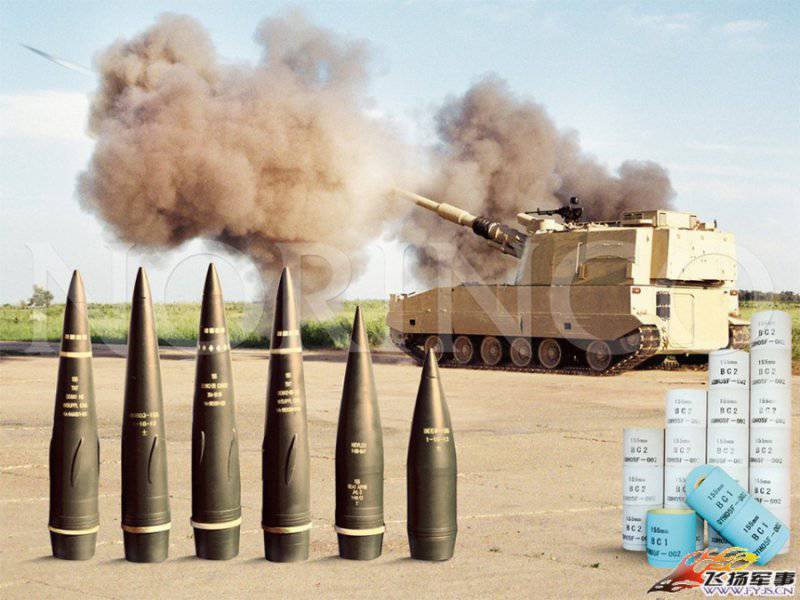
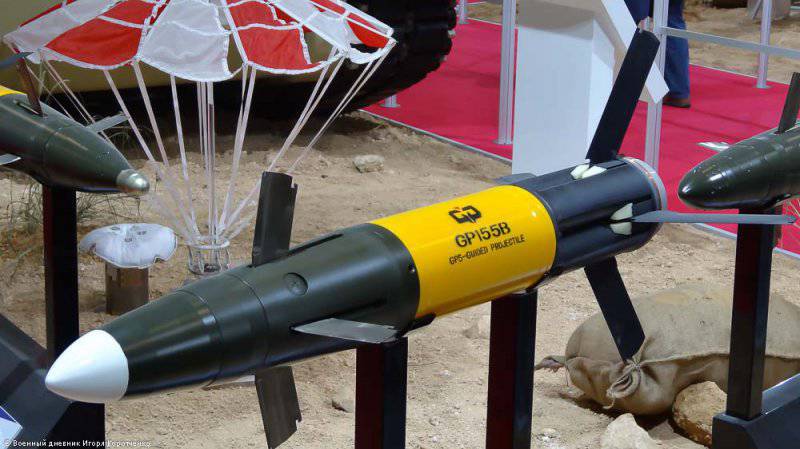
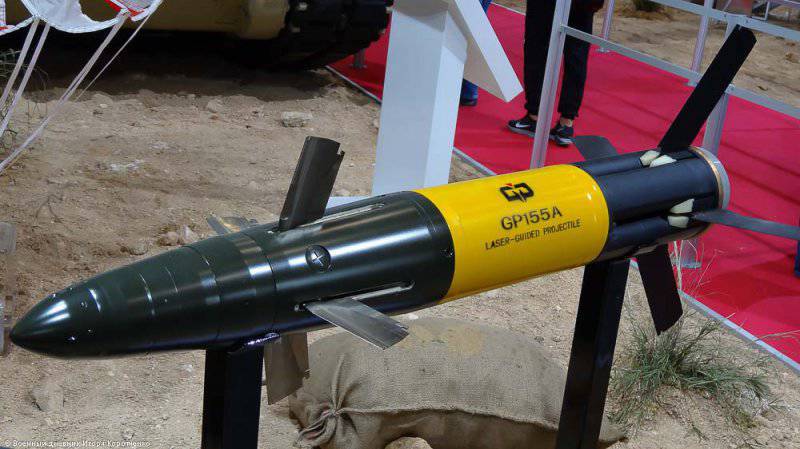
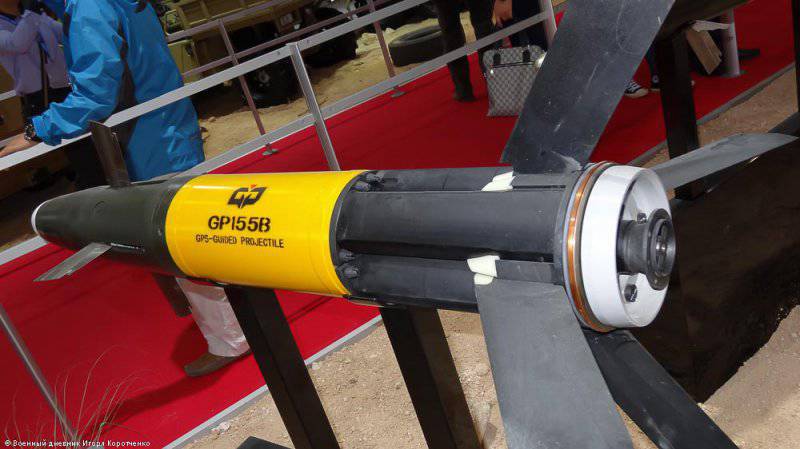
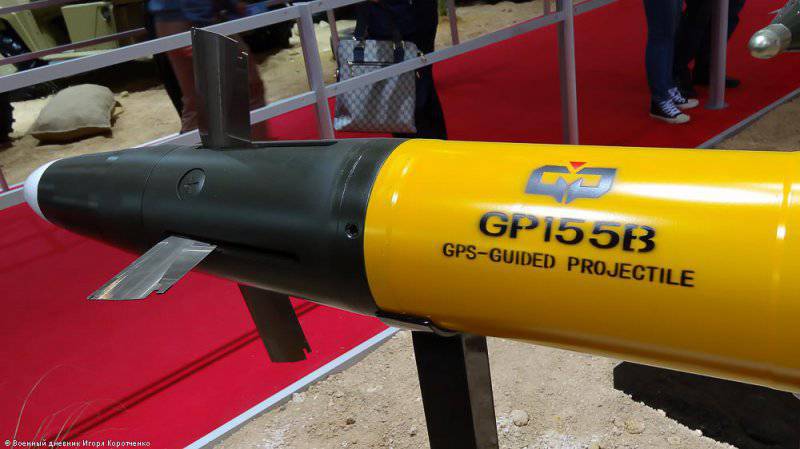
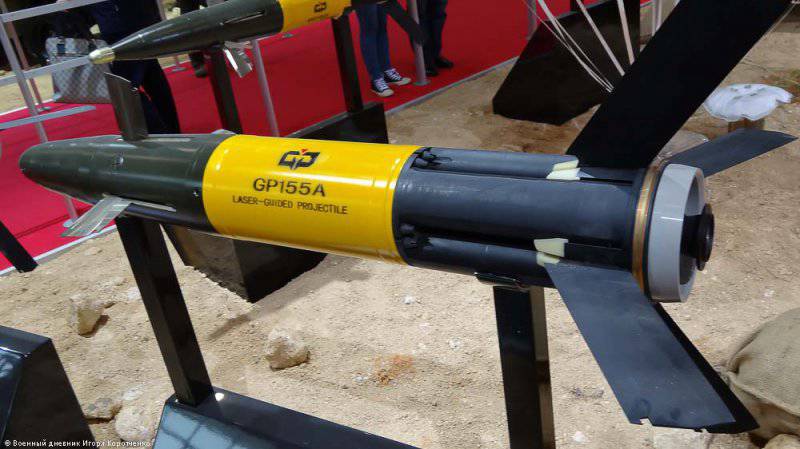
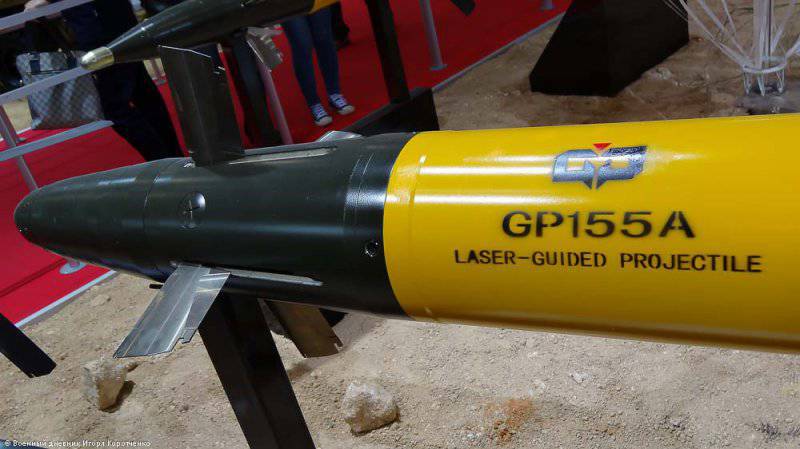
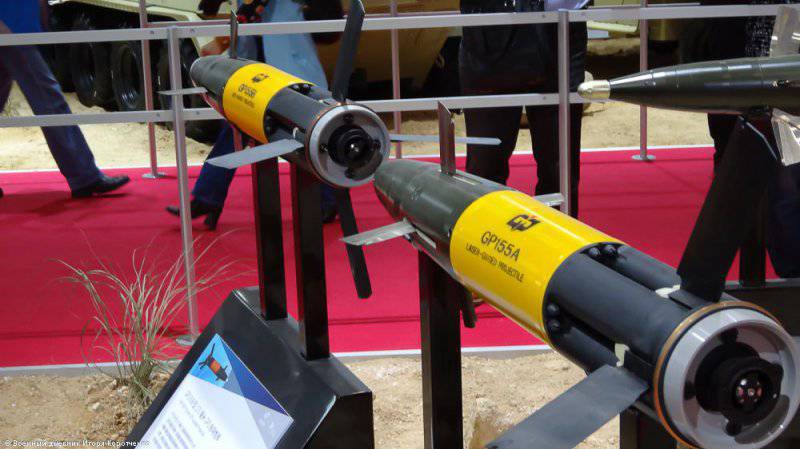
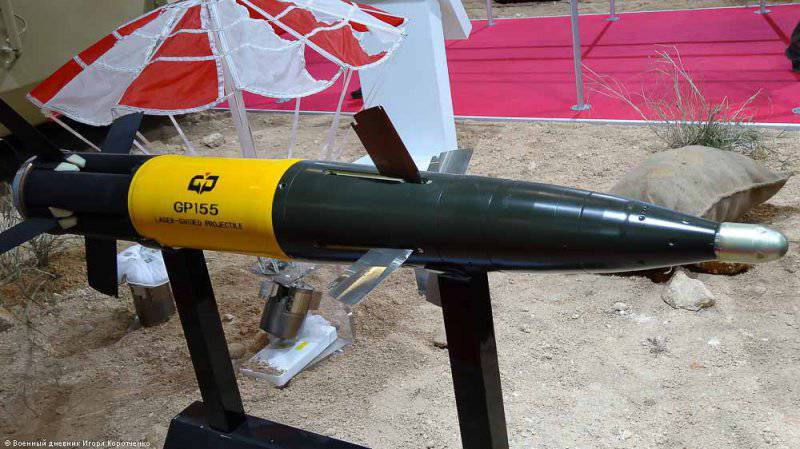
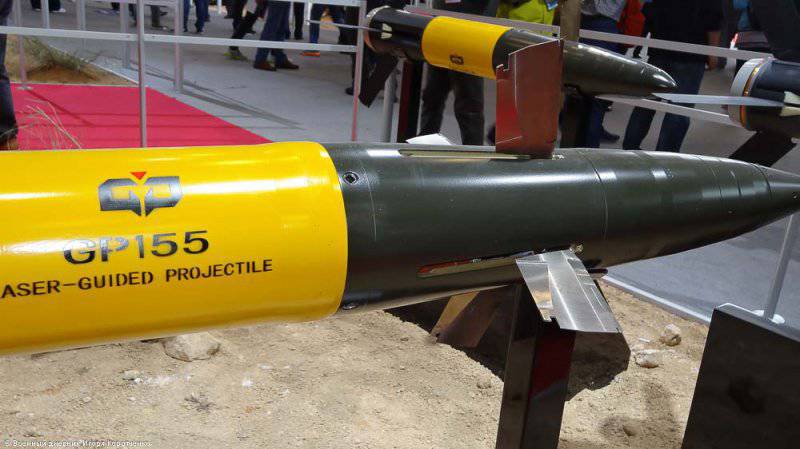
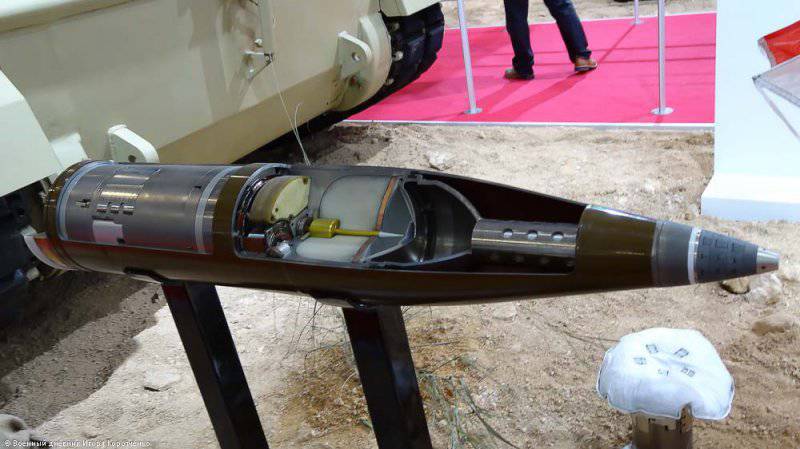
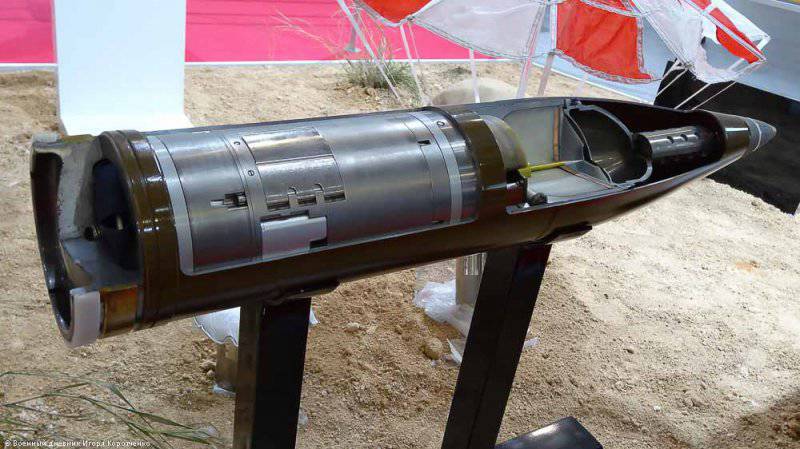
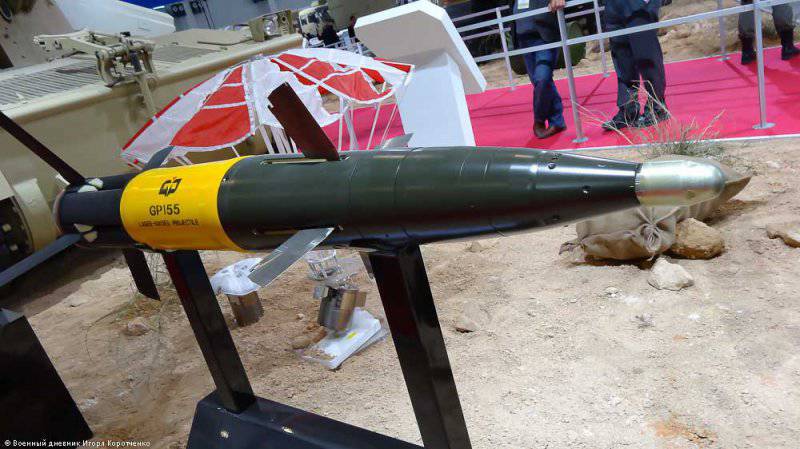
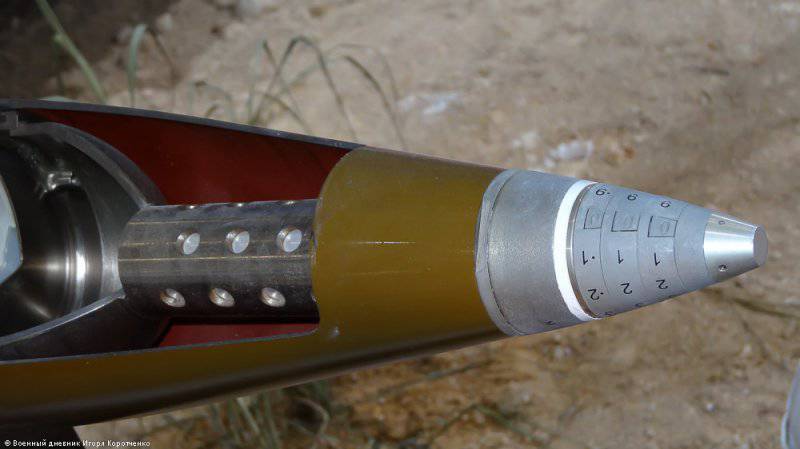
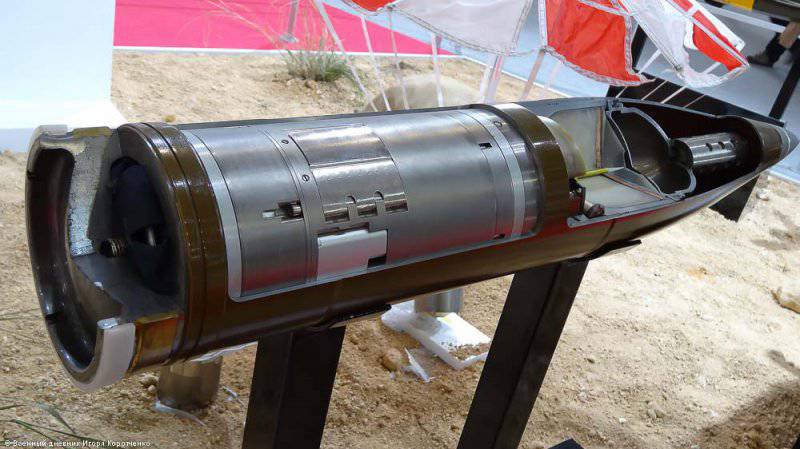
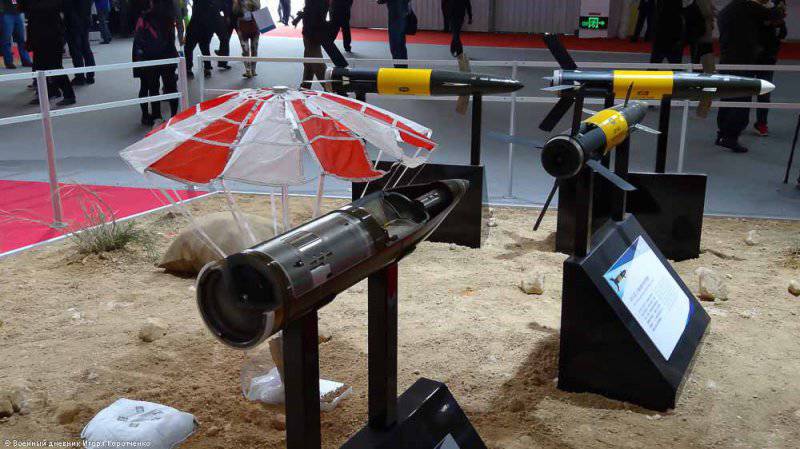
Information